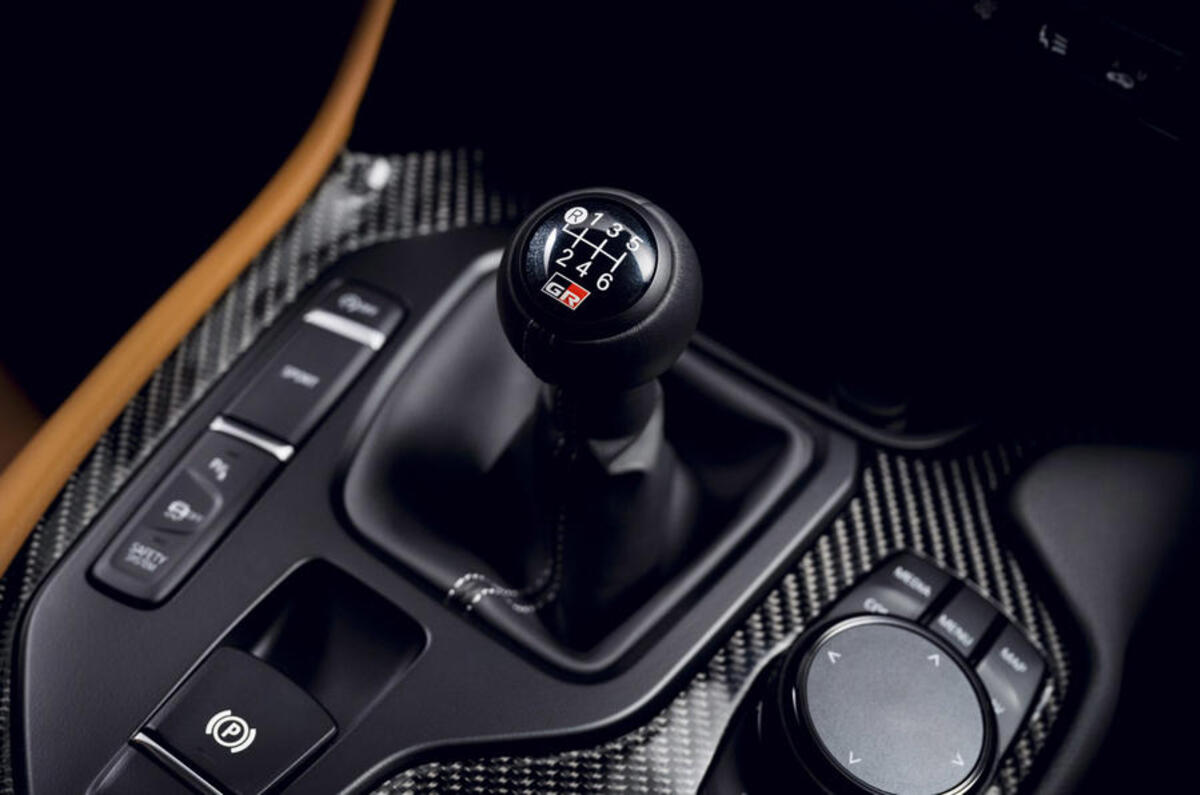Electrification and electronics can lead to perfection - but is that what we want from our performance cars?
It was an interesting line from BMW M boss Frank van Meel over dinner last night, as he looked ahead to celebrating the division's 50th birthday at the Goodwood Festival of Speed.
Talking enthusiastically about retaining the manual gearbox as an option, he described why some customers still prefer one despite the weight, fuel economy and shift time disadvantages that it brings.
“They want to play a part in taming the beast,” he beamed.
It’s a welcome attitude and one that stands in contradiction to some of the ways in which many car firms are currently using the possibilities of the instant response of electric powertrains, deepening understanding of active suspension systems and the opportunities for precision they offer.
Where once it was down to the driver to tame an compromised analogue set-up, so engineers are now able to broaden even the most powerful cars’ capabilities to the level of mere mortals, from coding in drift modes to ensuring the perfect amount of throttle for the conditions no matter what the driver’s right foot asks for.
Is that really what we want from our performance cars? And if not, should the endless possibilities of set-ups that data engineers can now conjure up include programming compromised setings into the systems to challenge rather than flatter the driver?




Join the debate
Add your comment
"Electrification and electronics can lead to perfection" - hmm, forget about gearboxes, who otherwise in their right mind would think such a thing? The advent of electronic fuel injection and ignition systems certainly made cars more efficient, reliable and able to run better, but that's where the benefits of electronics ends. Now, increasing electronic complication has become nannying, distracting and paradoxically has now started to increase unreliabilty and cost of repair, or even to render otherwise servicable cars as unrepairable. In the case of hybrids, electrification is just adding weight and yet more complication.
I have to a certain extent a liking for tech intervention as a Nanny, we all think we're good drivers ( oh yes we do people) but the fact is we all have lots of bad habits behind the wheel of a car, being in control of the car , taming the cars aparent waywardness when its actually us causing it, we'll, in Town, in speed determined areas, having the car take control of how fast it can legally go ,have all the mitigation software so we don't have or cause an accident could be a good thing, less accidents fatal or not, might keep points of your license too, even might reduce stress, sure, have a manual, i stubbornly refused to go to an auto, now, I wonder why I bothered with the manual.